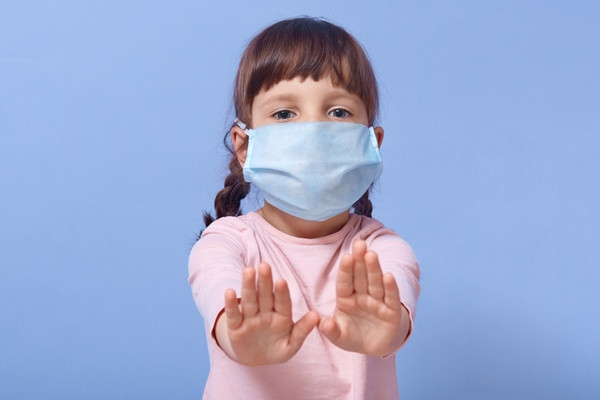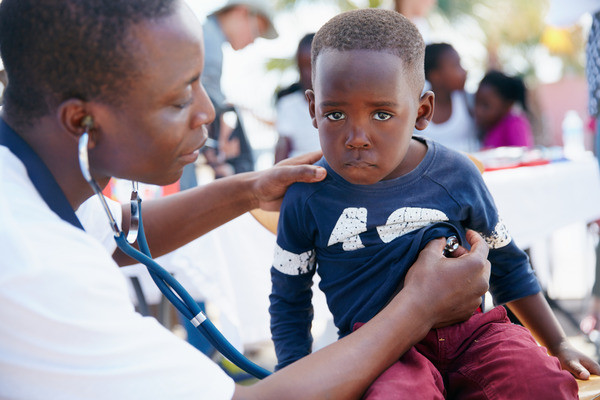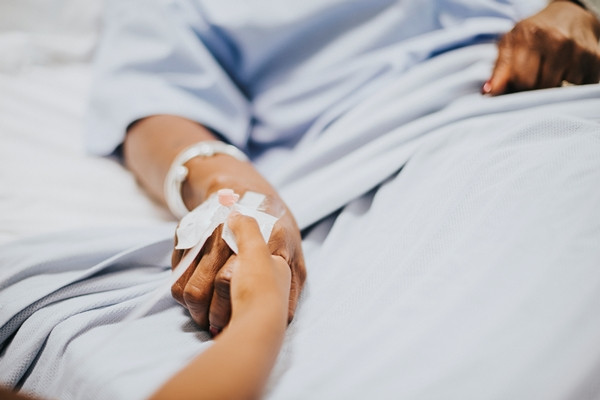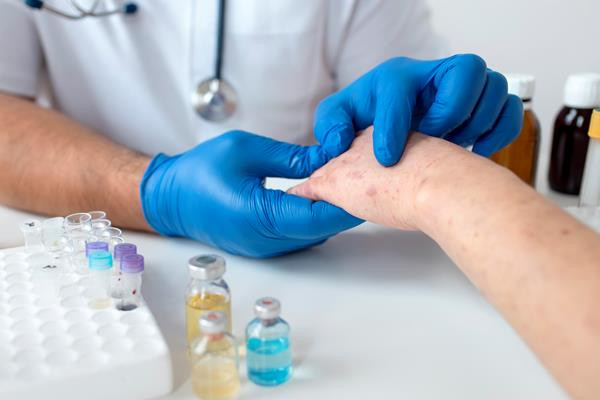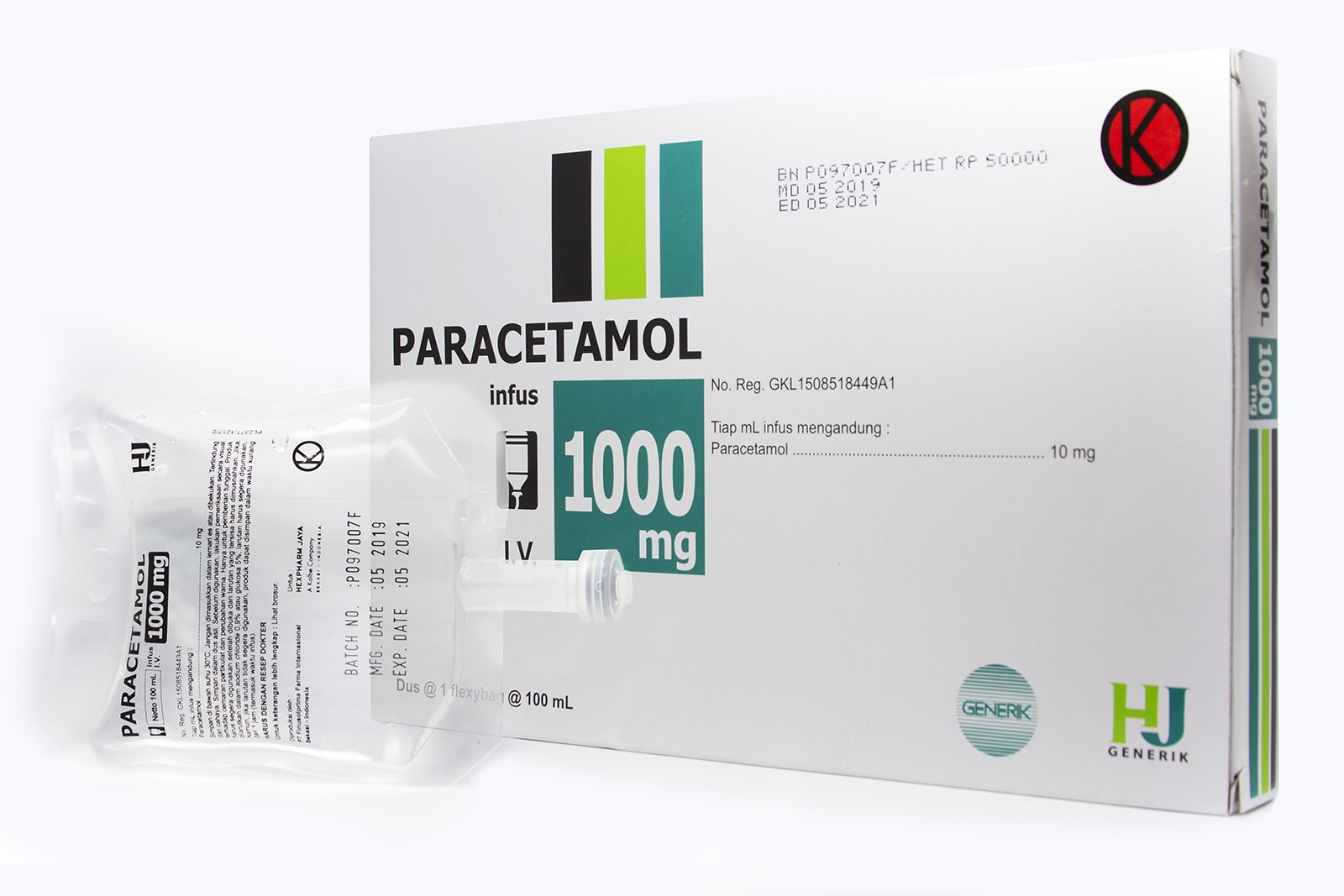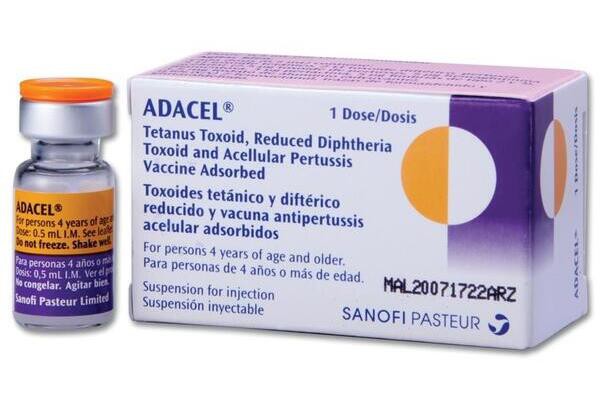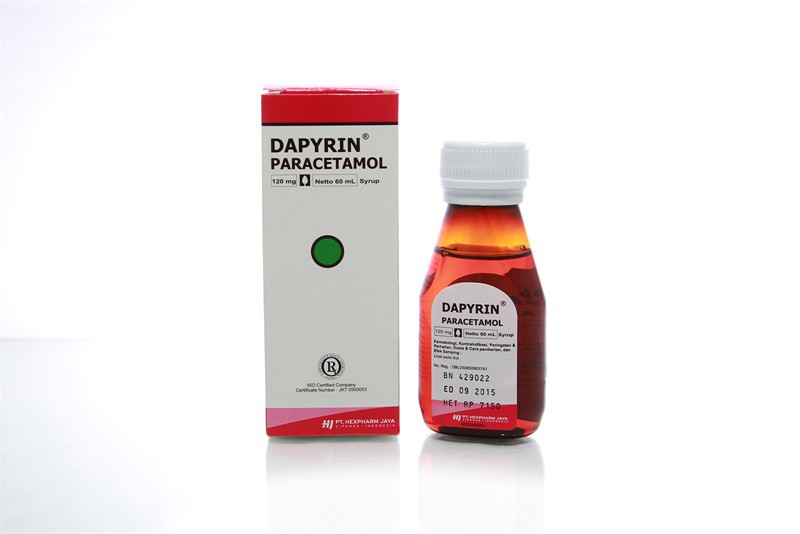
Pada tanggal 13 Februari 2023, World Health Organization menerima laporan kasus penyakit virus Marburg yang berasal dari Guinea Ekuatorial. Berdasarkan laporan kasus yang diterima WHO, terdapat 9 kematian dan 16 kasus suspek yang dilaporkan di Provinsi Kie Ntem. Gejala yang dialami berupa demam, kelelahan (fatigue), muntah berdarah, dan diare.
Penyakit virus Marburg merupakan penyakit demam berdarah yang disebabkan oleh virus Marburg (termasuk dalam famili filovirus yang merupakan satu famili dengan virus Ebola) yang dapat ditularkan dari kelelawar dan antar manusia. Penyakit ini bersifat jarang, namun dapat mengakibatkan wabah dengan angka kematian yang besar (24-88% atau sekitar 50%)
Virus Marburg pertama kali diidentifikasi pada tahun 1967 secara bersamaan di Marburg dan Frankfurt di Jerman dan di Belgrade, Serbia. Sejak tahun 1967 hingga saat ini, telah dilaporkan sebanyak 593 kasus konfirmasi penyakit virus Marburg dengan 481 kematian (case fatality rate/CFR: 81%) yang tersebar pada di wilayah Afrika, Amerika, ataupun Eropa. Tiga negara dengan pelaporan tertinggi kasus penyakit virus Marburg sejak tahun 1967 adalah Angola (374 kasus), RD Kongo (154 kasus), dan Jerman (29 kasus).
Saat ini, wabah penyakit virus Marburg sedang terjadi di dua negara:
Guinea Ekuatorial: Sejak 7 Februari 2023 hingga 25 Februari 2023 telah dilaporkan sebanyak 1 kasus konfirmasi, 6 kasus suspek, 4 kasus probable, dan 11 kematian (CFR dari kasus konfirmasi: 100%) di Provinsi Kie-Ntem
Tanzania: Pada 21 Maret 2023, Kementerian Kesehatan Tanzania melaporkan 8 kasus konfirmasi dengan 5 kematian (CFR dari kasus konfirmasi: 62,5%) di wilayah Kagera.
Gejala Penyakit Virus Marburg
Waktu timbulnya gejala (masa inkubasi) umumnya 2-21 hari setelah terpapar virus Marburg. Gejala penyakit virus Marburg dapat muncul secara tiba-tiba, di antaranya demam tinggi, sakit kepala berat, malaise, dan nyeri otot. Pada hari ke-3, seseorang dapat mengalami diare berair yang berat hingga 1 minggu, nyeri perut, kram, mual dan muntah. Selain itu, pada fase ini seseorang dapat terlihat memiliki mata cekung. Pada 2-7 hari setelah awal gejala, dapat muncul ruam yang tidak gatal.
Gejala berat berupa perdarahan dapat terjadi pada hari ke-5 hingga ke-7 di beberapa area, seperti di hidung, gusi, dan vagina, serta dapat keluar melalui muntah dan pada feses. Selama fase penyakit yang berat, pasien menderita demam tinggi, dan gangguan pada sistem saraf pusat, sehingga dapat mengalami kebingungan dan mudah marah. Dalam kasus yang fatal, kematian paling sering terjadi antara 8 dan 9 hari setelah timbulnya gejala, biasanya didahului oleh kehilangan darah yang berat dan syok.
Penularan Penyakit Virus Marburg
Virus Marburg dapat ditularkan antar manusia melalui darah dan cairan tubuh lain, termasuk urin, saliva/air liur, keringat, feses/tinja, bekas muntahan, ASI, dan cairan semen/sperma, dari manusia yang masih hidup atau sudah meninggal yang terinfeksi virus Marburg. Virus Marburg dapat masuk melalui kulit yang terluka atau membran mukosa yang tidak terlindungi, seperti mata, hidung, dan mulut. Selain itu, virus ini juga dapat menyebar melalui alat-alat seperti pakaian, tempat tidur dan perlengkapannya, jarum suntik, serta alat medis yang telah terkontaminasi dengan darah atau cairan tubuh dari seseorang yang terinfeksi virus Marburg.
Kelompok yang berisiko tertular virus Marburg antara lain:
- Keluarga dan petugas medis yang merawat pasien yang terkena penyakit virus Marburg tanpa menerapkan upaya pencegahan dan pengendalian infeksi.
- Seseorang dengan riwayat perjalanan ke negara endemis di Afrika dan memiliki kontak dengan kelelawar buah (Rousettus aegyptiacus) atau memasuki gua/tambang yang menjadi tempat tinggal kelelawar tersebut.
Kelelawar buah jenis Rousettus aegyptiacus diperkirakan merupakan inang reservoir alamiah dari virus Marburg. Namun, hingga saat ini belum ada penyakit yang jelas pada kelelawar buah. Potensi penularan dari hewan kepada manusia dapat terjadi melalui kontak dengan cairan tubuh (air liur, tinja, dan urin) dari hewan yang terinfeksi virus Marburg.
Pencegahan Penularan Penyakit Virus Marburg
1. Mengurangi kontak dengan kelelawar reservoir virus Marburg. Apabila harus mengunjungi area habitat kelelawar tersebut, maka dapat menggunakan sarung tangan dan alat pelindung lainnya seperti masker
2. Konsumsi daging secara matang, termasuk saat di daerah wabah virus Marburg
3. Menghindari kontak dengan orang yang dicurigai atau terinfeksi termasuk cairan tubuhnya
4. Bagi petugas kesehatan, terapkan pencegahan dan pengendalian infeksi (PPI)
5. Mencuci tangan secara rutin terutama ketika mengunjungi seseorang yang sakit atau setelah melakukan penanganan terhadap orang yang sakit di rumah
6. Menunda perjalanan pada wilayah yang saat ini terjadi wabah. Bila tidak memungkinkan, perhatikan risiko dan anjuran pemerintah wilayah/negara tujuan
Pengobatan
Hingga saat ini belum ada pengobatan yang spesifik untuk penyakit virus Marburg. Pengobatan lebih bersifat suportif dan mengobati gejala (simptomatif), serta belum ada vaksin untuk penyakit virus Marburg.
Hingga saat ini belum dilaporkan kasus atau suspek penyakit Marburg di Indonesia namun pemerintah tetap meminta masyarakat untuk waspada.
Gambar: Ilustrasi (Sumber: xb100 - Freepik)
Referensi:
1.Kementerian Kesehatan. Frequently asked questions (FAQ) penyakit virus Marburg [Internet]. 2023 Mar 22 [cited 2023 Apr 03]. Available from: https://infeksiemerging.kemkes.go.id/penyakit-virus/frequently-asked-questions-faq-penyakit-virus-marburg
2.Kementerian Kesehatan. Fatalitas tinggi akibat virus Marburg, RI waspada [Internet]. 2023 Mar 29 [cited 2023 Apr 03]. Available from: https://sehatnegeriku.kemkes.go.id/baca/rilis-media/20230328/3142658/fatalitas-tinggi-akibat-virus-marburg-ri-waspada/





